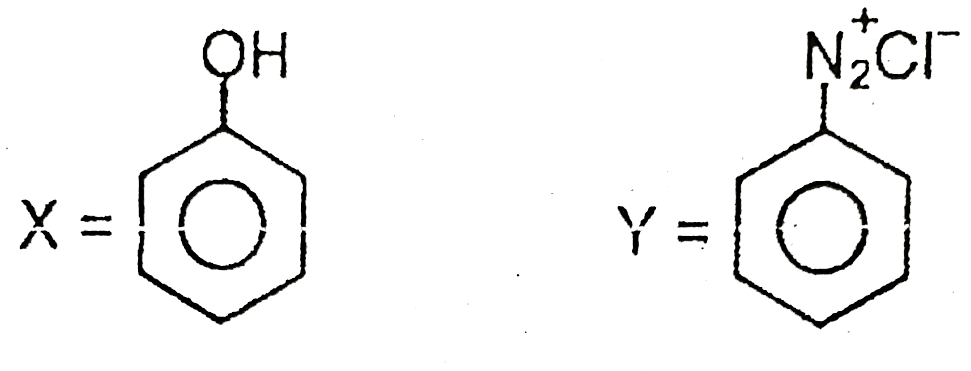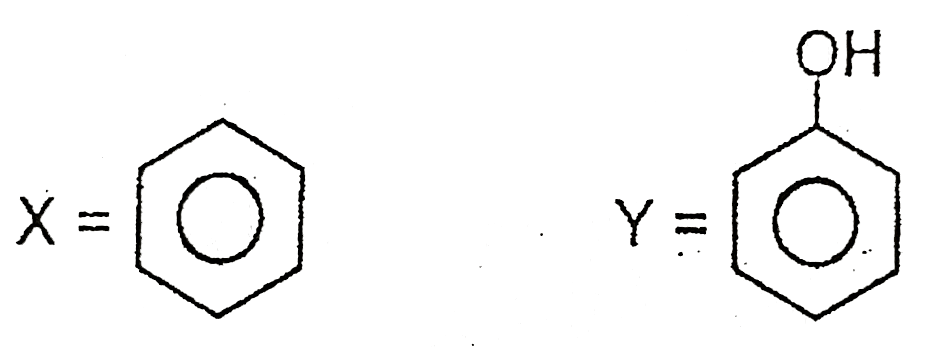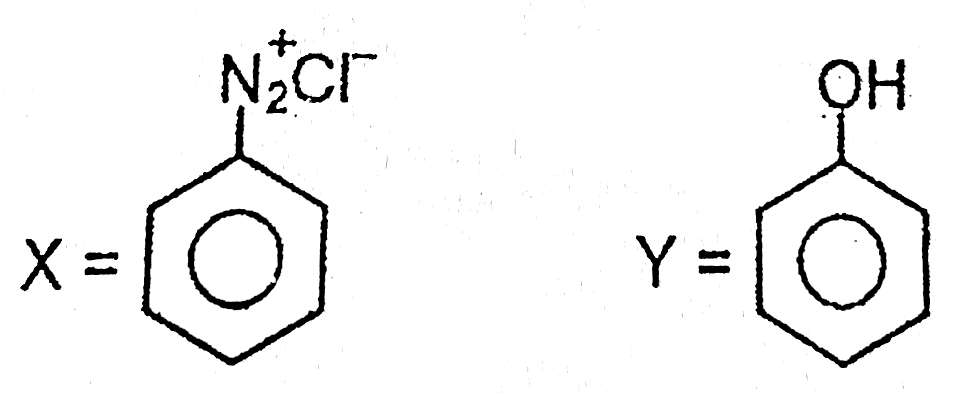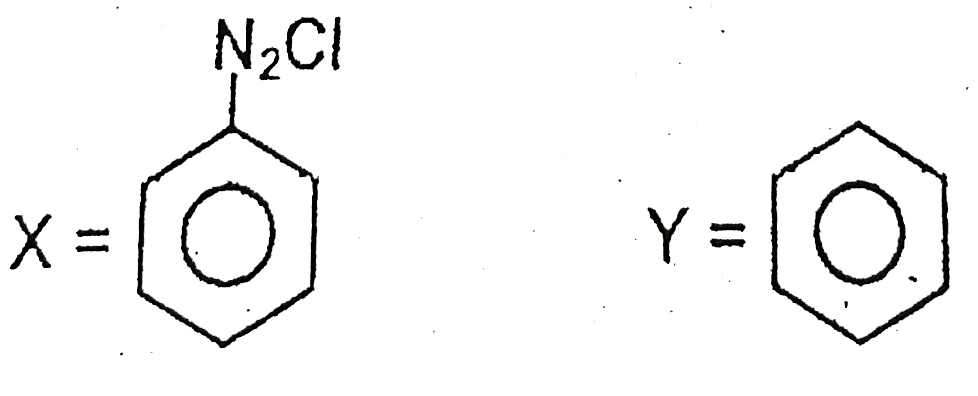Identify X,Y and Z in the following reaction.(Equation not balanced)
ClO∗+NO2→X––H2O−−→Y––+Z––
X=ClNO3,Y=Cl2,Z=NO2
X=HClO3,Y=ClO−2,Z=H+
X=ClINO2,Y=HOCl,Z=NO2
X=CINO2,Y=HCl,Z=HNO2
The correct Answer is:B
To identify the compounds X, Y, and Z in the reaction given, we will analyze the reactants and the products formed during the reaction step by step.
Step 1: Identify the Reactants
The reactants given in the reaction are:
- ClO (Chlorine monoxide)
- NO2 (Nitrogen dioxide)
Step 2: Determine the Intermediate Product
When ClO reacts with NO2, they form an intermediate compound. This intermediate compound is known to be chloric acid, which has the chemical formula:
- HClO3
Thus, we can identify:
- X = HClO3 (Chloric acid)
Step 3: Decomposition of the Intermediate Product
Next, we need to consider the decomposition of chloric acid (HClO3). When HClO3 decomposes, it typically produces:
- Chlorite ion (ClO−2)
- Hydrogen ion (H+)
Thus, we can identify:
- Y = ClO2^- (Chlorite ion)
- Z = H^+ (Hydrogen ion)
Summary of Identifications
- X = HClO3 (Chloric acid)
- Y = ClO2^- (Chlorite ion)
- Z = H^+ (Hydrogen ion)
The reactants given in the reaction are:
- ClO (Chlorine monoxide)
- NO2 (Nitrogen dioxide)
When ClO reacts with NO2, they form an intermediate compound. This intermediate compound is known to be chloric acid, which has the chemical formula:
- HClO3
- X = HClO3 (Chloric acid)
Next, we need to consider the decomposition of chloric acid (HClO3). When HClO3 decomposes, it typically produces:
- Chlorite ion (ClO−2)
- Hydrogen ion (H+)
- Y = ClO2^- (Chlorite ion)
- Z = H^+ (Hydrogen ion)
- X = HClO3 (Chloric acid)
- Y = ClO2^- (Chlorite ion)
- Z = H^+ (Hydrogen ion)
Topper's Solved these Questions
Similar Questions
Identify X, Y and Z in the following reactions :
(a) C6H5NH2NaNO2−−−−→HClXCuBr−−→HBrY−−−−−−−−→623 K, pressureZ
(b) C6H6Cl2.FeCl3−−−−−→XCuCN−−−→Ydil.HCl−−−−→Z
(c) C6H5N+2Cl−KI−−→warmXCu−−→YView SolutionIdentify X, Y and Z in the following reactions :
(a) C6H5NH2NaNO2−−−−→HClXCuBr−−→HBrYNaOH−−−−−−−−→623 K, pressureZ
(b) C6H6Cl2.FeCl3−−−−−→XCuCN−−−→Ydil.HCl−−−−→H2OZ
(c) C6H5N+2Cl−KI−−→warmXCu−−→YView Solution
Knowledge Check
- Question 1 - Select One
Identify the X and Y in the following reaction.
 , NaNO2,HCI−−−−−−−→H2O,5∘CXΔ−−→H2OYA
, NaNO2,HCI−−−−−−−→H2O,5∘CXΔ−−→H2OYA B
B C
C D
D
- Question 2 - Select One
Identify 'x', 'y' and 'z' in the following reaction :
2KClO3(x)(y)−−→2KCl(x)+O2(z)Ax = gas, y = reaction condition, z = gasBx = solid, y = liquid, z = gasCx = number of moles of KClO3, y = reaction condition, z = no. of molecules of oxygen.Dx = physical state of KClO3 and KCI, y = reaction condition, z = physical state of O2. - Question 3 - Select One
A––4KOH,O2−−−−−→2B––+2H2O(Green)
3B––4HCl−−→2C––+MnO2+(Puple)2H2O
2C––H2O,KI−−−−→2A––+2KOH+D––
In the above sequence of reaction A––andD–– respectively, are:AKIandKMnO4BMnO2andKIO3CKIO3andMnO2DKIandK2MnO4
Identify X, Y and Z in the following reaction :
C6H5NH2NaNO2/HCl−−−−−−−−−−→0−5∘CXH2O/H+−−−−−−−−→WarmYZn−−−−−→HeatZ.View SolutionDetermine the oxidation number of the underlined elements in the following
Si–––H4,B––H3,S2–––O2−3,HP––O2−4,Fe–––O4,K––2OView SolutionIdentify the product 'Z' in the following series of reactions.
C6H12O6( glucose )HCN−−→XH2O−−→YHl−−−−−→PZ.View SolutionC––l2O+H2O→HClO
View SolutionC––l2O+H2O→HClO
View Solution

